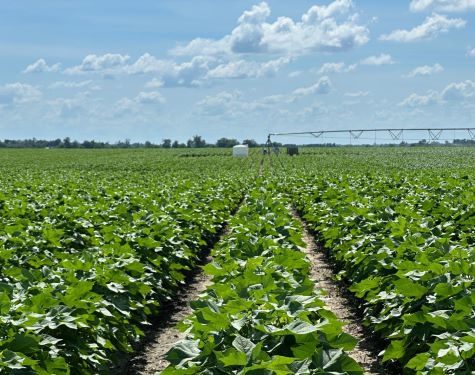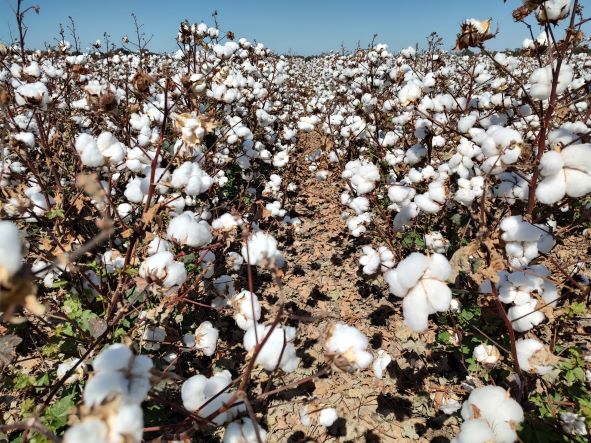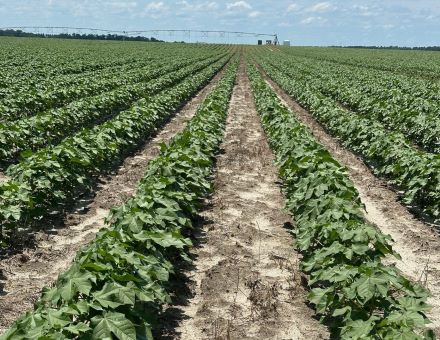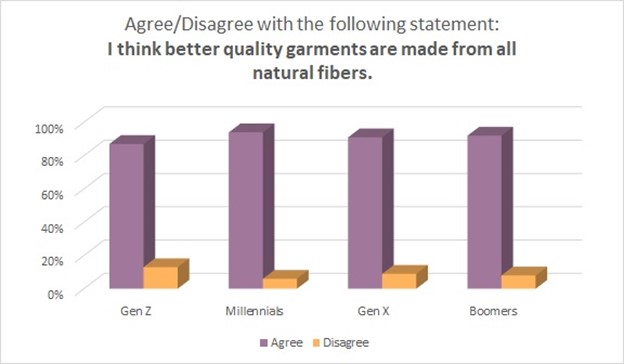Essay: Examining Cotton’s Market Share Challenges
Each year, Cotton Grower offers an essay contest to students enrolled in the American Cotton Shippers Association (ACSA) International Cotton Institute in Memphis. Following is this year’s winning entry from Prateet Dhandhania of Dhancot Fibres Pvt. Ltd. in India, analyzing the ongoing market share battle between cotton and man-made fibers.
 Prateet Dhandhania (Photo: ACSA)
Prateet Dhandhania (Photo: ACSA)
Throughout history, the world has witnessed numerous iconic rivalries. Think of the legendary showdown between Coca-Cola and Pepsi, or the mighty “El Classico” between Barcelona and Madrid. What I present today is a similar battle in the textile industry between cotton and man-made fiber (MMF).
Once dominating with nearly 70% market share in the 1970s, the market share for cotton has diminished significantly, falling to roughly 35% by 2010. In this column, I will briefly touch upon the rise of MMFs and discuss the best selling propositions for cotton, not just from both the consumer’s point of view but also the producer’s point of view.
The advent and subsequent boom of MMFs were driven by factors including: cost efficiency, supply chain availability, innovation, durability, and versatility among others. In a fiercely competitive textile industry, offering a raw material that is cheap, easy to use, readily available, and highly efficient is bound to switch producers to an alternative fiber in order to stay competitive. Much like how the age-old coffee vs. tea debate highlights the preference for a quick, convenient option in our fast-paced world.
Consumer POV
To better understand consumer mindset, I conducted a survey on factors influencing human behavior when purchasing clothes. Among the key determinants were factors like price, style, fit, comfort, and material.
Price and comfort were primary considerations, with many participants indicating that they seek value for their money without compromising on quality. Style and fit were also crucial, as people want clothes that not only look good, but also feel good and fit well. However, I was pleasantly surprised with their response for material. A significant number of respondents expressed a preference for cotton, given a choice. They emphasized factors like softness, breathability, long-lasting, and just the natural feel that cotton derives.
This sentiment aligns with broader consumer behavior as mentioned by Catherine Salfino in her article “Here’s Why Brands Are Leaning Into Natural Fibers.”
“Almost all consumers, 9 out of 10, say they think better quality clothes are made from all natural fibers such as cotton. While sustainability is not a top purchase driver, almost three-fourths are likely to look for clothing made from natural fibers, and shoppers associate natural fibers with sustainability.”
So, why is the market share of cotton declining in spite of consumers preferring cotton over MMF? Price could be an important reason but, in my opinion, it is a lot deeper than that. Given that the purchasing mindset of a customer changes among age brackets, the marketing of cotton cannot have the same emotional connect across generations. The marketing proposition here is simple: choosing cotton over MMF is like switching from gas-run cars to electric vehicles. It seems like a small change, but one with a huge impact for a sustainable future.
Younger generations are keen on promoting sustainability but only if they do not have to make extra efforts in finding out about it. At the retail shelf, leveraging metrics like reduced water consumption, eliminating microplastic pollution, lowering carbon footprints, and avoiding harmful chemicals are essential in promoting cotton-made garments. Brands like Patagonia have successfully leveraged visual campaigns to highlight their sustainable practices and use of organic cotton, resonating deeply with environmentally conscious consumers.
Moreover, transparent reporting on supply chains and product impact is also crucial. By providing consumers with clear, verifiable, and easily comprehendible information, brands can build trust and loyalty. Implementing interactive campaigns, rewards programs, and leveraging influencer marketing can further amplify these efforts, making sustainability both accessible and desirable to a broader audience.
Producer POV
In order to encourage cotton producers to participate in existing sustainability programs, we must address their concerns that perhaps abstain them.
- Price: Needless to say, the most essential, yet critical, factor is the price that producers must fetch in order to grow cotton sustainably. An economic interest is extremely significant to promote the producers.
- Sale Incentives: It is critical for the government to provide trade incentives in order to promote sustainable cotton. Drawbacks, less import tariffs, subsidies for certification, and preference in government procurement are a few reasonable measures that can be undertaken.
- Brand Commitments: Brands must have to levy a certain sum of their social responsibility towards producing sustainable finished products. This will automatically increase the demand for sustainable cotton options.
- Training and Knowledge: A lot of the times, people are apprehensive to change due to lack of knowledge. Various prevalent cotton associations must personally connect with producers and educate them about these programs and provide as much assistance in training personnel at the farm level.
Conclusion
In conclusion, aligning consumer values with producer incentives through robust sustainability initiatives is key to revitalizing cotton’s market position. If we emphasize upon environmental credentials backed by government support and brand commitments, we will be able to drive a resilient and sustainable future for the textile industry.









